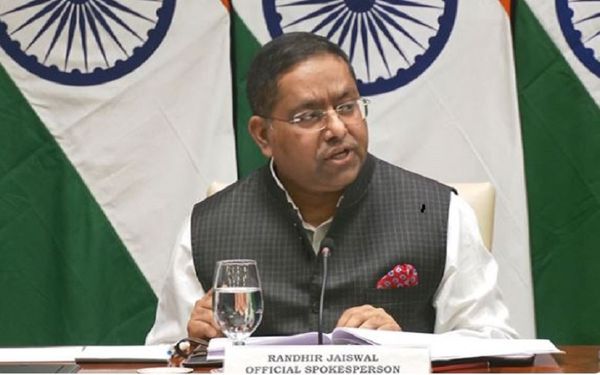
The Sydney Morning Herald and The Age have been having a whale of a time writing about a war between Australia and China, which is apparently coming within three years.
If you haven’t caught up with it, here’s the first paragraph from its special “Red Alert” series:
Within 72 hours of a conflict breaking out over Taiwan, Chinese missile bombardments and devastating cyberattacks would begin pummelling Australia. For the first time since World War II, the mainland would be under attack. Meanwhile, 150,000 American troops would descend on the Top End seeking refuge from the immediate conflict zone.
If a fantasy war is this dramatic, just imagine a real one.
Legacy types have got stuck into the Nine mastheads for this. Paul Keating said it was the most “egregious and provocative” reporting he’d seen in 50 years. Former SMH luminary Geoff Kitney called it “’alarmist, Murdoch-style, clickbait journalism” and said no editor he’d worked under in 40 years would have published it this way.
But this “Reds to the North” (rather than under the bed) series raises issues worth pondering. Call it the unintended consequences of exploring Australia’s war readiness.
In assembling a group of five experts who issue a “communique”, the Nine project is an attempt to break a taboo that apparently exists in Australia of publicly discussing the true threat posed by China.
What it has done instead is offer insight into the kind of pompous, khaki hyperbole that captures government after government and defence minister after defence minister, privy to grave security briefings that traverse matters beyond the ken of the common person.
The “Day 2” of the Age–SMH communique ends with this handy catch-all conclusion from the experts:
Australia must equip itself for the age of crisis. It should plan for war in the near, medium and long term, understanding that a stronger Australia would help deter conflict by raising the risks and costs of war for the CCP. The key to avoiding conflict is deterrence.
Quelle surprise. Let a life insurance salesperson into your home and it won’t be long before you’re insured to the eyeballs.
Defence spending needs examining
Most alarmingly, the experts paint a picture of an Australian military machine that is barely ready for conflict with Tonga. The Australian Defence Force (ADF) is said to lack the capacity to strike back if it comes under attack from a foreign power.
“I think the most depressing thing about the ADF now is that for $46-$47 billion a year, we get very little high explosive on target,” said Peter Jennings, a former deputy secretary for strategy in the Defence Department and retired head of the Australian Strategic Policy Institute (ASPI).
ASPI recently reported the ADF “doesn’t have a strike system that can pose a credible deterrent” and that it “currently has no long-range land-strike capability”. Apparently, according to the experts, it was only the air force that was anywhere near up to scratch, with the navy and the army a kind of running joke.
If this is what the experts are telling us about the sorry state of our military after decades of billion-dollar spending, then it’s time for a royal commission into where all the money has gone.
We might want to ask some awkward questions about how decisions have been made, by whom exactly and what accountability there has been for what now looks like successive years of failure. One imagines that a royal commission into defence might make the robodebt royal commission look like a regional sideshow.
Heavens, we might also end up discovering uncomfortable truths about the rise and rise of some of our mighty former commanders, who inevitably enter the realm of the soldier-warrior-god with no questions asked.
Awkward on AUKUS
And then, of course, there is AUKUS.
Nine’s panel of experts has flat-out told us that if push comes to shove, it could be all over for Australia in 72 hours, with China crippling the nation’s electricity grid and generally paralysing everything we do before bombing the bejesus out of us. This could all happen in the time it takes for Joe Biden to remember that bloke from Down Under’s name.
If this is the case, then is it impolite to ask why Australia will spend well over $100 billion for nuclear-powered submarines — submarines that will be ready around 30 years from now? Just asking, because the experts raised a whole different war scenario that is over in a flash.
The decision to rev up AUKUS was apparently made by Scott Morrison who, all by his lonesome, suddenly came upon the idea one day, like Newton being hit on the head by an apple. We need to bear in mind that this was the product of the brain that also thought it was OK to secretly take on five government ministries.
Still, this is not being questioned in Nine’s journey into geopolitical statecraft, all under the baton of Peter Hartcher.
Gosh, is it really only a year ago that our man Hartcher brought us the inside story of how the magnificent, secret AUKUS deal was done, told with access to normally unreachable US security sources?
Did Nine’s series interest you, or was it just banging the war drum? Let us know by writing to letters@crikey.com.au. Please include your full name to be considered for publication. We reserve the right to edit for length and clarity.






